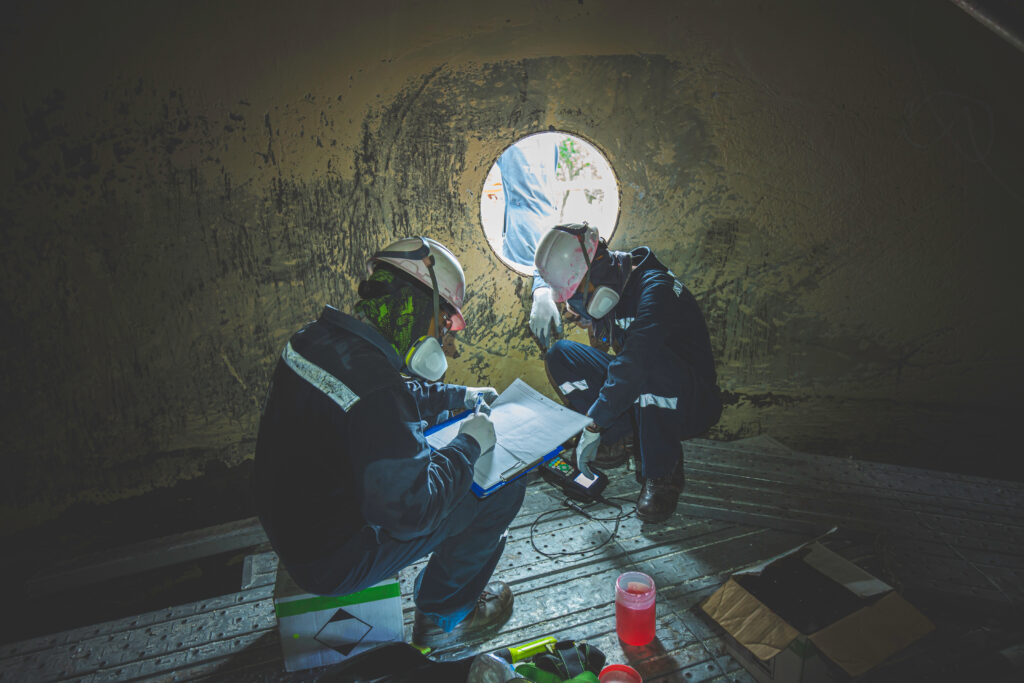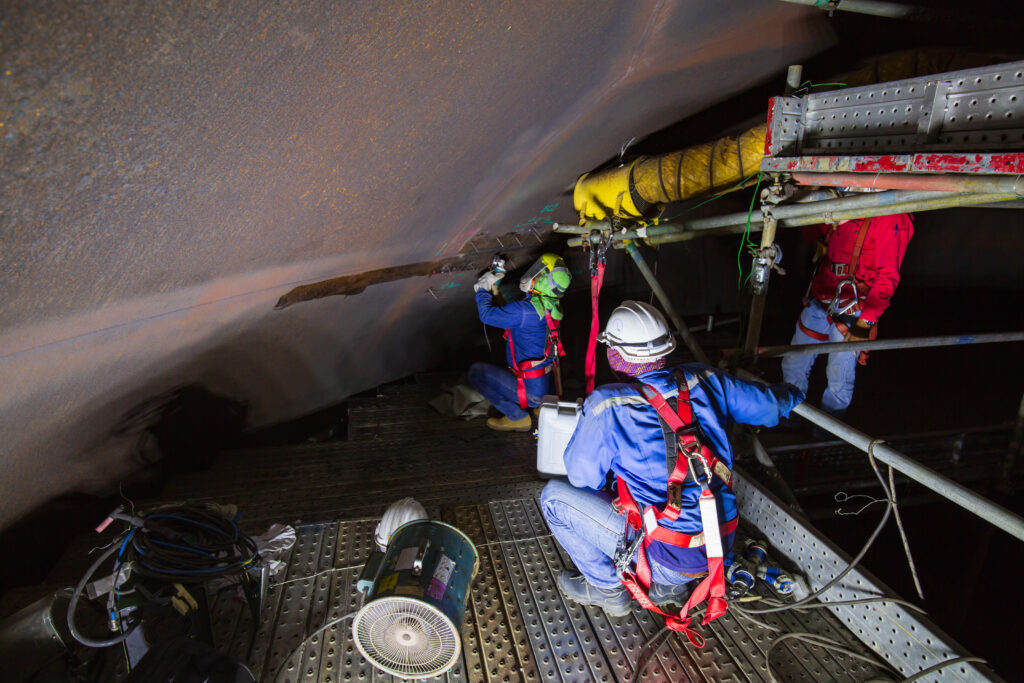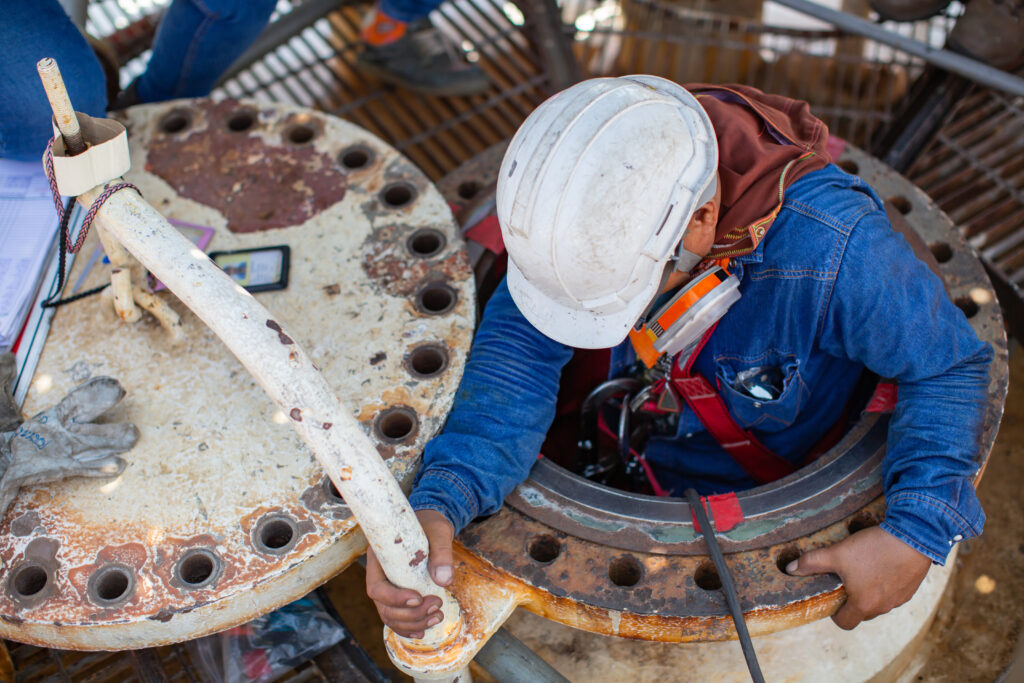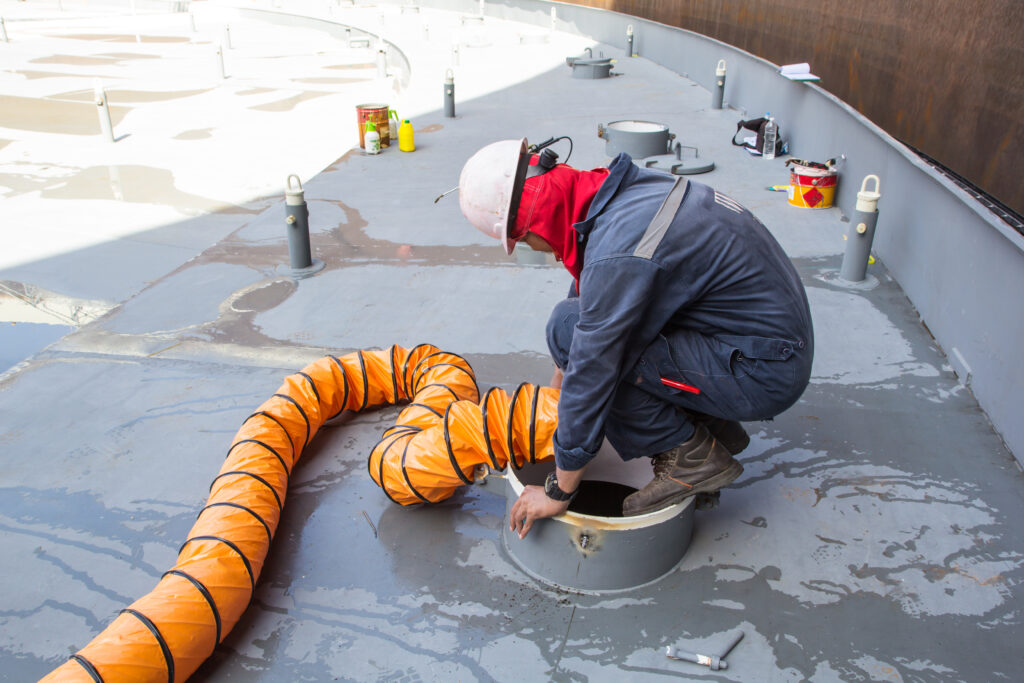On-Site Confined Space Rescue Teams Satisfy Regulations and Save Lives
Confined spaces, such as vaults, tanks, boilers, vessels, silos, and excavation pits, pose extra risks for workers, which is why OSHA has regulatory standards for mitigating these dangers.
Having the right rescue plan and team in place can be the difference between life and death. If an employee became unconscious due to an injury, environmental hazards, or other circumstances inside a confined space, could your team remove them safely without having to enter? If not, you probably need a confined space rescue team.
Learn What CSR Services You Need
When Do You Need a Confined Space Rescue Team?
According to NIOSH approximately 100 deaths related to confined spaces happen every year. Out of those deaths, only 15% of the employees had any confined space training. Depending on the work being done by your team, a confined space rescue team may be necessary.
Confined spaces, such as vaults, tanks, boilers, vessels, silos, excavation pits, and similar locations, present dangerous working conditions. With these heightened risks, having the right rescue plan and team in place could easily be the difference between life and death.
OSHA standards (29 CFR 1926 Subpart AA) defines a confined space as one that has all three of these characteristics:
- It is large enough for an employee to enter fully and perform assigned work
- It is not designed for continuous occupancy by the employee; and
- It has limited or restricted means of entry or exit
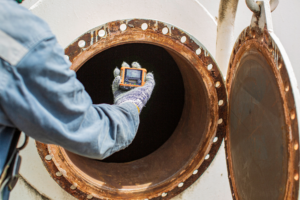
A permit-required confined space meets the above requirements but additionally includes one or more of the following:
- Contains or has the potential to contain a hazardous atmosphere.
- Contains a material with the potential to engulf someone who enters the space.
- Has an internal configuration that might cause an entrant to be trapped or asphyxiated by inwardly converging walls or by a floor that slopes downward and tapers to a smaller cross-section.
- Contains any other recognized serious safety or health hazards.
Think about it this way, if an employee became unconscious due to an injury, environmental hazards, or other circumstances, could your team remove them safely without having to enter a tight, closed-off space? If not, you may need a confined space rescue team.
|
2.1 Million The number of workers who enter permit-confined spaces each year. |
100 The approximate number of annual deaths from confined space incidents. |
15% Of the deaths investigated by NIOSH, only 15% of employees had confined space training. |


